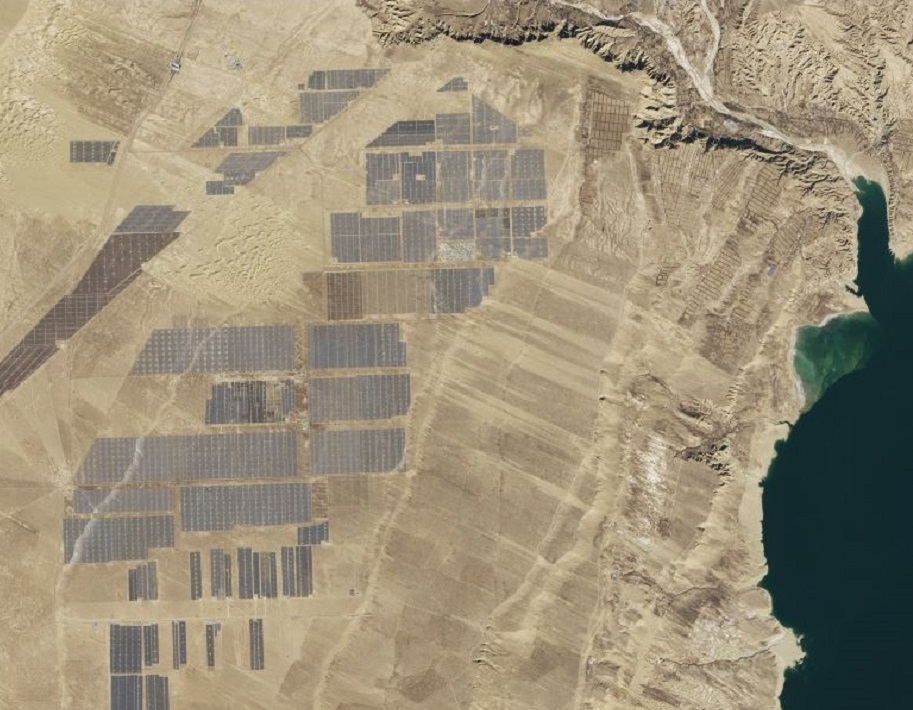China looks set to defy all earlier expectations, and install an enormous 50 GW of new solar by the end of the year.
AECEA' latest figures show that up to the end of September, China's newly added capacity for the year amounted to roughly 42 GW – placing China's total PV capacity at around 120 GW. This would mean that an average of just 2.7 GW/month would be needed to breach 50 GW by the end of the year.
Although October is usually a quieter month due to China's national holiday period, AECEA expects strong installations to continue in September and October, putting the symbolic 50 GW milestone well within reach.
Similar to last year, Chinese installations were led by a first half rush to beat FIT cuts, leading to 25 GW being installed in June and July alone. Unlike 2016, however, demand has continued into the second half of the year, and China's distributed generation sector has had a major kickstart.
The AECEA briefing puts the figure for DG installations at 15 GW for the first three quarters of the year, representing a 255% increase YoY over last year's 4.23 GW. Reasons cited for this unprecedented growth include the FIT cuts once again, as well as grid curtailment across Western China and financial incentives both from China's National Energy Agency and from local and regional programs.
China's PV manufacturing industry kept pace with the downstream demand, and according to data from the China PV Industry Association, cited in the AECEA briefing, module output increased by 43% to 53 GW by the end of September 2017.
When the 42 GW for solar so far is compared with installation figures for other sources – 1.09 GW for nuclear, 6.69 for hydro, 7.3 GW for wind and 18.84 for thermal power, China's shift towards solar really stands out.
AECEA is now estimating average installations for 2018-2020 at between 35 and 40 GW annually, meaning that China's total capacity could stand as high as 248 GW by the end of the decade.
This represents the second time this year that Asia Europe Clean Energy Associates has raised its expectation for China's annual PV installation figure, as the country has defied the expectations of most analysts, who were expecting a similar, albeit less severe, drop off in demand for the second half of the year.
This content is protected by copyright and may not be reused. If you want to cooperate with us and would like to reuse some of our content, please contact: editors@pv-magazine.com.




Wow, total PV capacity growth of about 60% year-on-year. This will be hard to maintain over time, but these are really great numbers.
Even on a TWh basis, it looks like China can install solar 10 faster than nuclear power.
If the U.S. slaps tariffs on Chinese modules, expect them to keep more of their products at home instead. Could the hit 100GW / year by 2020?
If this report is correct, distributed solar has enjoyed its long-delayed takeoff in China, led IIRC by small girms rather than households. As many other countries have found, this is hard to get right, and several structural obstacles in funding, permitting, installation know-how, and connection rights have to be fixed, as well as prices. But once it gets going, the sector should be less vulnerable to policy shocks and grid capacity issues. The sokar buyers are comparing costs with retail electricity rates, not wholesale, and if solar pays, it is likely to stay that way.